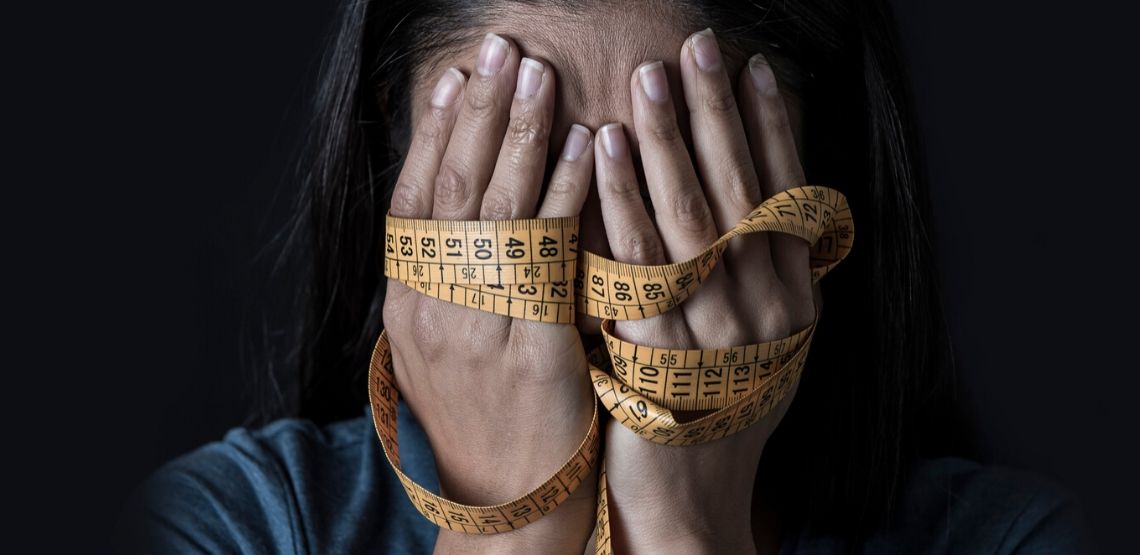Symptoms of Strep Throat in Kids
Is there anything worse than waking up with a sudden, painful sore throat? It’s an all-too common and particularly unpleasant symptom of many colds and viruses, but a sudden and severe sore throat can also be a sign of something more. It’s the trademark sign of the dreaded strep throat, which can affect anyone, but is particularly common in young children.
If you’re a parent to adolescents or are a caretaker, it’s important to be educated on the symptoms of strep throat in kids so you know the warning signs to look out for and the steps for treatment.
What Is Strep Throat (Bacterial)? Causes and Symptoms
Strep bacteria, caused by the streptococcus bacteria, is responsible for about one-third of all sore throats. If you’ve ever experienced strep, you probably know with a strep sore throat, the pain is often sudden and unbearable.
In many cases, children will also have a fever, headache, red and swollen tonsils that make it difficult to swallow, and swollen glands in the neck.
Unlike with other less serious sore throats, if left untreated, strep can migrate into other areas of the body; this can cause serious health implications like rheumatic fever, which if left untreated, can harm the kidneys and heart.
Strep throat is very contagious and spreads easily through schools and families.
Aside from all these scary facts, the good news about strep throat is that when diagnosed correctly and quickly, there are very effective treatment options that can reduce symptoms and turn things around as quickly as within 24 hours.
In addition to the trademark dreaded sore throat, here are some other possible symptoms of strep throat in kids:
- Red or white patches or spots on the throat or tonsils
- Headache
- Fussiness, sleeping more than usual
- Lack of appetite
- Nausea or vomiting, or pain in the stomach area
- “Strawberry” look to the tongue
Why Strep Throat Is Prevalent in Children
Strep is responsible for causing one-third of all sore throats, but is especially common in children between the ages of five and 15. Strep spreads easily among groups, so school-aged children who are in close corners and might be sharing toys and items and not washing their hands are especially susceptible.
Related Search Topics (Ads)
Diagnosis of Strep Throat in Kids
If you suspect your child has strep, they’re complaining of a sore throat, or you know they’ve been exposed to strep and are showing symptoms, it’s critical to take it seriously and get in to see your pediatrician or doctor right away.
A simple test can be performed in any doctor’s office to determine if strep is in fact what your child has, and the sooner the diagnosis, the sooner they can begin treatment and get relief.
To diagnose strep, a doctor performs a simple throat swab to test the back of the throat and tonsils. It may be unpleasant for a split second and may cause gagging, but is not painful.
You’ll wait for the test results in the office, since it only takes around a half-hour or less to develop. If the test comes back positive, your child has strep and your doctor will prescribe an antibiotic. If it comes back negative, your doctor may choose to do a repeat test to rule out a false negative (a second throat swab will not be needed to do a second test). If the second test still comes back negative, you know your child’s symptoms are caused by another virus that doesn’t require antibiotics.
Treatment Options (Child Specific Options)
Unlike many viruses or the common cold or flu, using antibiotics to treat strep throat is imperative. Not only will the illness not heal without them, it can migrate into other areas of the body such as the kidneys or the heart, causing serious and lasting damage to the organs.
Your child’s doctor will prescribe the antibiotics, typically for around 10 days. Though your child will start improving very quickly, it’s important to continue the entire prescription even once symptoms are gone and finish the medication. Stopping too soon can cause a relapse and antibiotic-resistance bacteria.
You may have heard of removing tonsils as one treatment option for recurrent strep throat or tonsillitis, but most modern science shows it’s not effective as once thought and can actually cause negative side effects.
So, what are other ways you can and should care for a child with strep to ease their symptoms and discomfort?
- While the antibiotics begin to kick in, it’s important to keep a child home from school to get lots of rest and fluids.
- Because of the throat pain, feed them easy to swallow foods such as hot cereal, applesauce or broth.
- Hydration is key, so give your child lots of water, some juice or even popsicles, which also may help to sooth the throat. Remind them to drink often and keep them hydrated throughout the day.
- Older children who are able to gargle can try gargling salt water which can sooth and relieve some pain. Dissolve a teaspoon of salt into an eight-ounce glass of warm water and encourage them to gargle three times a day (and make sure they spit out the salt water into the sink).
- You can give your child the appropriate dosage of either Tylenol or Motrin (read the package for dosage instructions) to ease throat pain as well. Avoid Aspirin or products that contain Aspirin.
When on antibiotics, the child’s symptoms will usually cease within 24 hours, and at that point the child is also no longer contagious.
It’s important to take preventive measures as soon as you realize your child is sick so that the whole family doesn’t catch the strep. Basic hygiene goes a long way, such as washing hands, not sharing utensils or linens, and keeping the sick child in their room and away from other children and family members as much as possible.
You will of course want to keep the child home from school until the fever goes away, which usually will happen within 24 hours of starting antibiotics.


